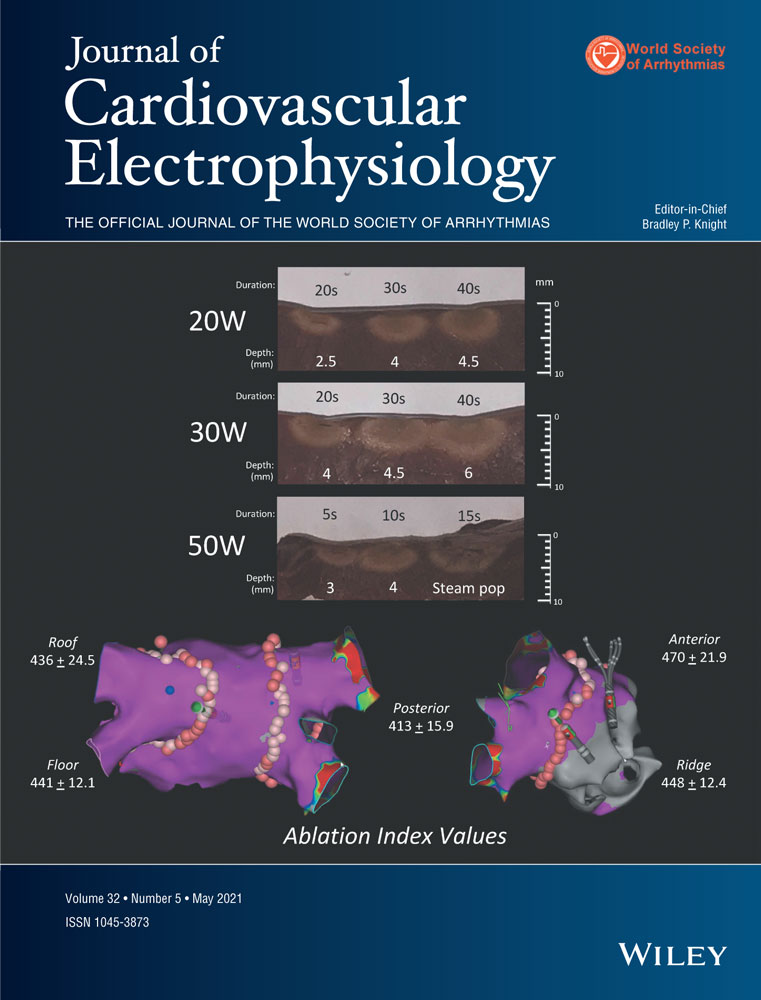Ventricular activation pattern assessment during right ventricular pacing: Ultra-high-frequency ECG study
Disclosures: None.
[Correction added on March 23, 2021, after first online publication: the word “Ultrahigh-frequency” has been changed to “ultra-high-frequency ECG” in the proof.]
Abstract
Background
Right ventricular (RV) pacing causes delayed activation of remote ventricular segments. We used the ultra-high-frequency ECG (UHF-ECG) to describe ventricular depolarization when pacing different RV locations.
Methods
In 51 patients, temporary pacing was performed at the RV septum (mSp); further subclassified as right ventricular inflow tract (RVIT) and right ventricular outflow tract (RVOT) for septal inflow and outflow positions (below or above the plane of His bundle in right anterior oblique), apex, anterior lateral wall, and at the basal RV septum with nonselective His bundle or RBB capture (nsHBorRBBp). The timings of UHF-ECG electrical activations were quantified as left ventricular lateral wall delay (LVLWd; V8 activation delay) and RV lateral wall delay (RVLWd; V1 activation delay).
Results
The LVLWd was shortest for nsHBorRBBp (11 ms [95% confidence interval = 5–17]), followed by the RVIT (19 ms [11–26]) and the RVOT (33 ms [27–40]; p < .01 between all of them), although the QRSd for the latter two were the same (153 ms (148–158) vs. 153 ms (148–158); p = .99). RV apical capture not only had a longer LVLWd (34 ms (26–43) compared to mSp (27 ms (20–34), p < .05), but its RVLWd (17 ms (9–25) was also the longest compared to other RV pacing sites (mean values for nsHBorRBBp, mSp, anterior and lateral wall captures being below 6 ms), p < .001 compared to each of them.
Conclusion
RVIT pacing produces better ventricular synchrony compared to other RV pacing locations with myocardial capture. However, UHF-ECG ventricular dysynchrony seen during RVIT pacing is increased compared to concomitant capture of basal septal myocytes and His bundle or proximal right bundle branch.
Open Research
DATA AVAILABILITY STATEMENT
The data that support the findings of this study are available on request from the corresponding author. The data are not publicly available due to privacy or ethical restrictions.




